Marc's visit to Lindisfarne
 Fellow Dutchman and king size blogger Marc van der Woude visited Lindisfarne back in July 2006. You can read his posting here and I have invited him to leave a comment on my blog with some spiritual insights and retrospectives - or something like that ;-) The floor is yours, Marc! And thanks for the pic that I've borrowed from you, knowing that it is far easier to get forgiveness than permission (click stolen pic to enlarge your view and my guilt.)
Fellow Dutchman and king size blogger Marc van der Woude visited Lindisfarne back in July 2006. You can read his posting here and I have invited him to leave a comment on my blog with some spiritual insights and retrospectives - or something like that ;-) The floor is yours, Marc! And thanks for the pic that I've borrowed from you, knowing that it is far easier to get forgiveness than permission (click stolen pic to enlarge your view and my guilt.)





.jpg)




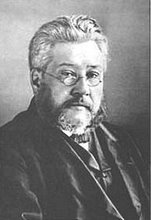



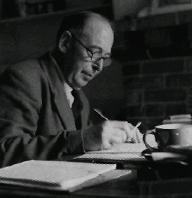


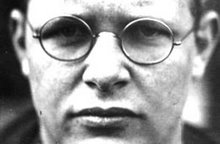
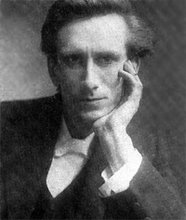
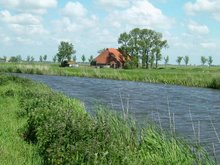



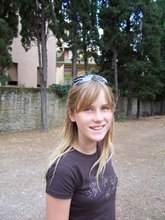


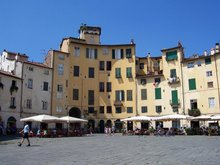


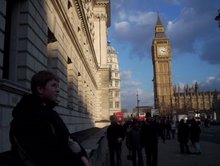



5 comments:
I love Marc's blog. I will look forward to his insights.
Thx Paul for the invitation.
One of the fascinating aspects of the Celtic monasteries of the 5-7th century is that they built these centers of prayer, learning and mission on the most far-off places you could think off, in line with the North African desert fathers, where the monastic movement started. Lindisfarne is an island on the northeast coast of Northumbria that is only reachable by road at low tide, when the island turns into a peninsula.
Why did the Celts have their missions bases off the beaten track? Wouldn't it make more sense to have them in cities, closer to where the people are? There are few possible explanations:
1. It's good to realize that Ireland and England were mainly agricultural societies at that time. The monasteries functioned themselves as 'hubs' or 'cities' in a rural setting.
2. Monasteries were places of prayer and training, where monks could spend time in solitude as preparation for their missionary work. Today, in our busy society, more and more people realize that these monks knew something about rhythms of life, prayer and mission being like the ebb and flood of the sea of life. At the height of the Celtic mission, monasteries like Bangor had up to 3.000 monks praying day and night. How is that for a hidden engine behind a movement that more or less christianized Europe?
3. The desolateness of these monasteries also meant that you had to launch on an intentional pilgrimage to go there, a spiritual journey. It was not the kind of place where you would just pop in and out, it would cost you something to go there and learn. The monasteries functioned as models of community. The Celts in a way were 'monastery planters'.
There's lots more to say. The Celtic spirituality is very rich and offers many anchor points for postmodern seekers. Enjoy the discovery as you journey from island to island, and take time to be there.
Marc, that truly is a great contribution! Thank you very much for sharing this with us! I really need to think about this "off the beaten track" strategy, it makes perfect sense. It is hard to find these kind of places in an overcrowded society (such as the Netherlands), but it must be possible to find some strategic places to pray in solitude and in community. I'm sure these places exist already, but for me this is a whole new journey. You write about the North African desert fathers, but you could also start with John the Baptist and his even more famous Nephew who liked to go away from the crowd to talk with the Father and find inner peace and outer quietness… Thanks, my friend – I highly appreciate this!
Marc,
You are exactly right in your understanding of the Celtic church and how it ministered. I believe that we need to return to such ministry models in our post modern times.
Celtic Christians were great people of prayer. They believed in what was called “thin places”. That is a place where they sense the Spirit of GOD greatly. This also directed where they planted their communities.
Talking of community, that was also one of their greatest strengths. They lived, worked, prayed and ministered together. Today we are far too individual in our approach to the Christian life.
Hey Panda, you gave me a great laugh tonight. I'm sorry that I ruined it for the little Cherokee boys. :)
I wish for spell check too and I appreciate the rmwxva function but it really is annoying!
Post a Comment